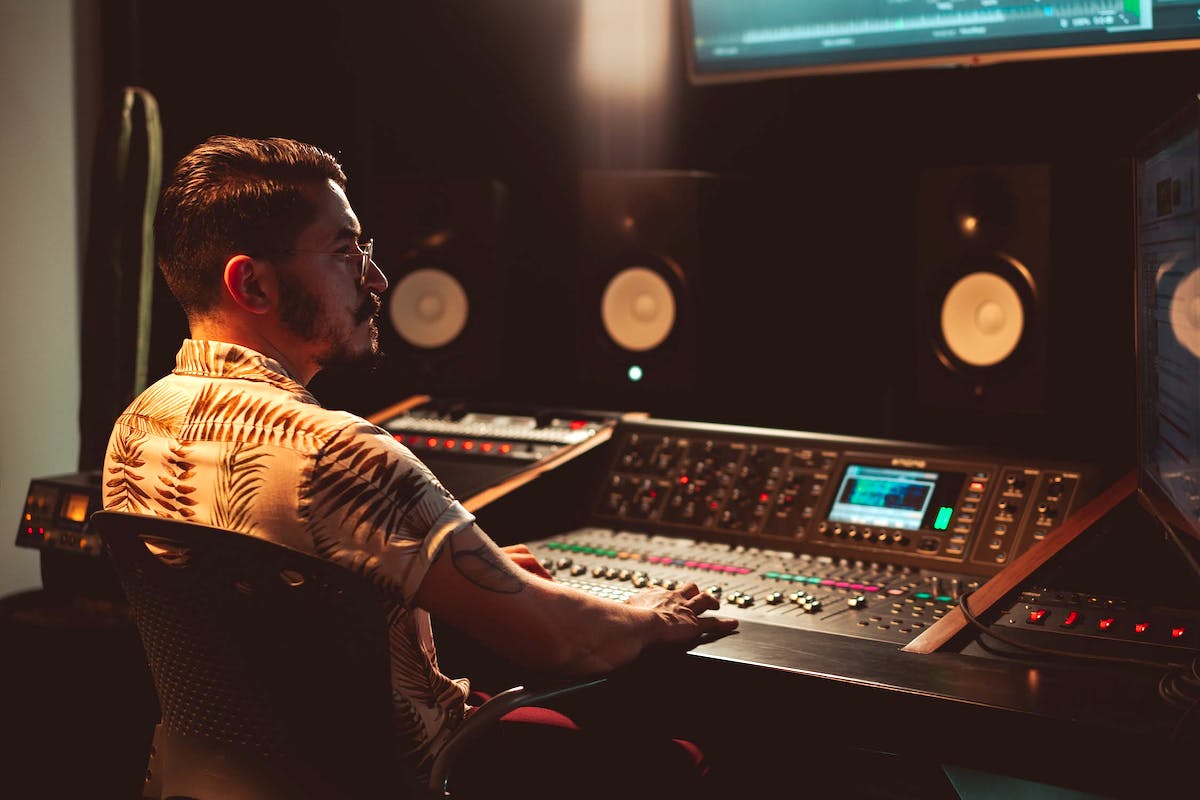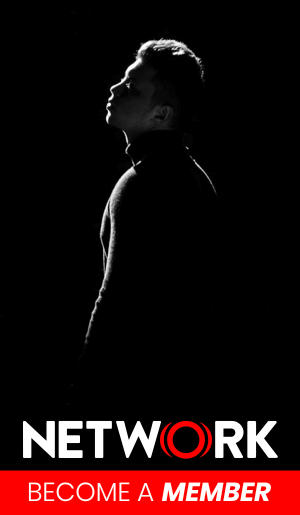
© Los Muertos Crew
When it comes to sound design, independent filmmakers often struggle to incorporate sound effects to establish an accurate ‘diegetic sound’ of their film world. The diegetic sound is the true ambient noise and natural sound of the film’s universe, however this crucial element sometimes doesn’t get the attention it deserves. Smaller budget films are more likely to spend considerable resources on visual effects to bring their film worlds to life. This is especially true in the sci-fi genres, but it can leave sound design behind, which is equally important.
So how can sound effects be incorporated into a film, and what are some of the ways in which they can be enhanced by doing so? Explore some of the ways you can improve your film’s impact below:
1. Ambient sounds for film world realism
Ambient sounds build the reality of the film world. Whether your story is taking place at sea, and you need the ambience of the ocean waves, or in the mountains, where you can hear the wind howling over the highest peaks - each scene has its ambient character. Indie filmmakers can use a number of free sound effects at the editing stage to enhance their film’s world, using these as a backdrop to bring audiences closer into the reality, so that they feel like they are with the characters experiencing the same conditions.
2. Foley for character movement
Foley artists play a crucial role in bringing realism to character movements throughout the film world. Whether someone is walking down a dusty road, opening a creaky door, or putting on a jacket, each of these movements require a sound or multiple sounds to feel more realistic and enhance the auditory experience. Often these are done in post-production as they don’t get picked up on set. Sounds of footsteps, the friction of clothes as a character moves, or the sound of a hand stacking paper to place in a printer tray, all create this auditory experience that brings us closer to the scene.
3. Sound effects to create atmosphere
When it comes to atmosphere, sound effects can bring another layer of sensory information to audiences. These types of sound effects can be used specifically to build suspense, expectation or to help cue audiences into a new reality. For example, the use of low frequency humming in a room can create an unnerving atmosphere. Where is the humming coming from? Is it an electrical problem? Is there some kind of presence in the building? What does is signify? Because these auditory sound effects can be used as a background layer, they don’t necessarily represent actual things happening on screen, but can be used in powerful ways to tell a story.
4. Narration and thoughts
Sometimes narration is used by filmmakers to advance a storyline, or to establish a certain film world reality through a protagonist. This type of sound is often used within a variety of situations, not necessarily showing the character on-screen themselves. Narration can be used to set the tone, establish the situation or to bring audiences into the life of a character, or something they are reflecting on. Thoughts can also be used in post-production as another storytelling element where there is no on-screen dialogue, but the character is talking to themselves while taking some type of action.
This can be explored further in a thematic sense using sound effects of voices, sometimes overlapping, to build the idea of confusion, or lots of people thinking simultaneously. This can be done in a number of genres. Voices don’t always have to be understood. Whispers and muffled sounds can also be used as sound effects to advance a scene.
5. Musical cues and jingles
The use of musical cues and jingles can help to build expectation, or create suspense during a scene. These can be very subtle, and often in combination with other effects. They can create tension, or simply be used to build ambient atmosphere. In film marketing, musical cues and jingles can also be incorporated into trailers to structure a build-up and get audiences responding more emotionally. This will help to grab viewer attention, and the use of more emotive sound effects can be effective in getting people to stick around to watch your trailer till the end.
6. Soundtracks and character theme songs for storytelling
Soundtracks play a crucial part in the storytelling process as a whole and create a mood for your film. Filmmakers often work in post-production with a composer so that film scores can fit specific scenes, but this is not always the case. Some directors like to collaborate with composers as films are being made, working with them to get the right tempo. Others may choose a piece of music before shooting, and work in post-production with an editor to get the scene to fit around the music. There is no right or wrong way of doing this, and it is a creative choice.
Character theme songs can also be developed to convey personality styles, traits or other storytelling objectives including relationships. Sometimes they can be used in specific film genres such as comedies where a dysfunctional character will make several dubious appearances and a specific theme song will play whenever they are on screen. This is sometimes effective in helping audiences understand a character’s overall style and their intentions or to bring a comic relief element to a scene in an unexpected way. Other times, this can be used to help bond two or more characters together, to bring an additional auditory cue. This can help the viewer understand a specific on-screen relationship, and even set it apart from other relationships in the movie.
While there are many more specific examples of films using sound for storytelling, these are just some of the ways in which sound effects and sound design can enhance a film. For filmmakers, creating an auditory reality of a film world using sound effects is just as important as the on-screen visual elements that shape the film experience.
Have you considered how to incorporate sound more effectively to tell the story of your film? Explore our latest film tutorials to discover more filmmaking insights.



















